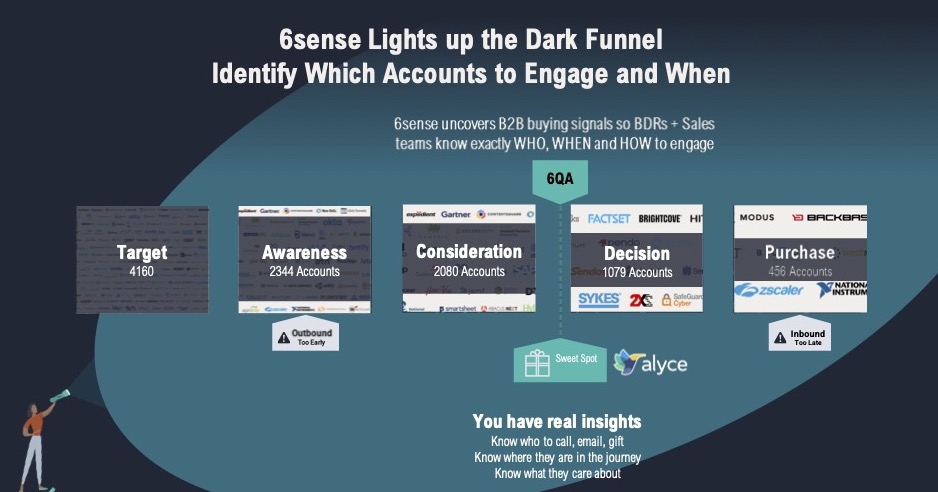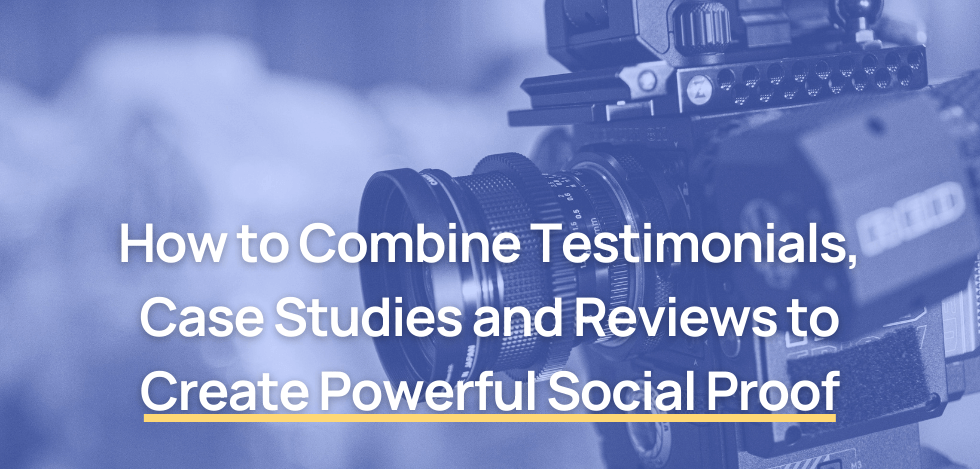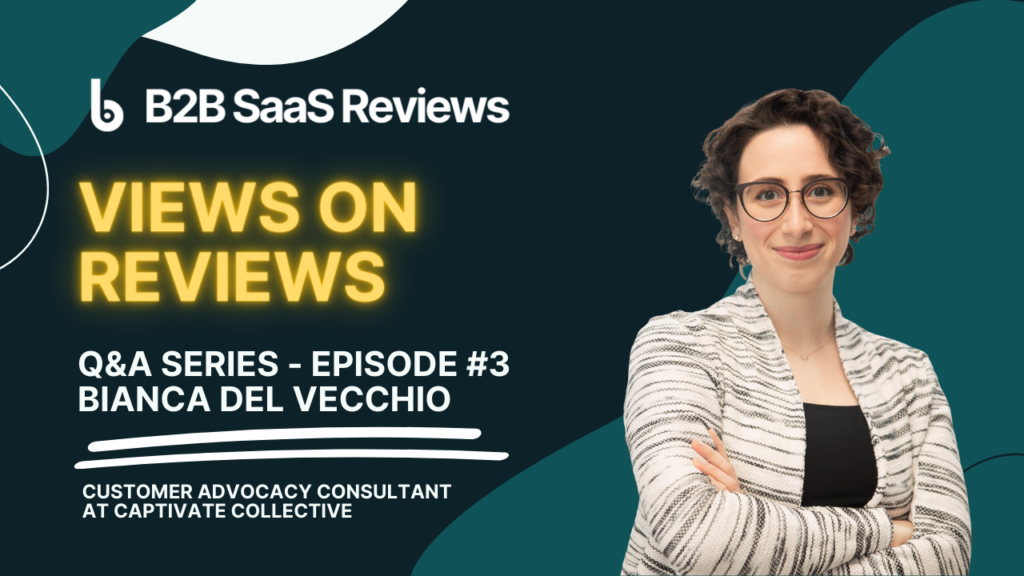SaaStr Annual is one of the biggest events in SaaS. Over 10,000 Cloud and SaaS Founders, VCs, and Execs meet for 3 days to participate in 100s of workshops and 1000s of Mentoring sessions— “all to help you scale faster.” This post is focused on 4 Takeaways on B2B Buying and Reviews from SaaStr Annual 2021.
Takeaway #1: What SaaS Professionals Want to Know About User Reviews

At SaaStr Annual 2021, I hosted a “Super Braindate” on “Users Reviews in B2B SaaS: The why, the where, and the how.” Before the Braindate, I surveyed the participants to understand which pillar of reviews most interested them. Perhaps unsurprisingly, there was the most interest in the “how” of reviews.
Getting more specific, people wanted to know the following:
- How do I generate reviews (with examples of review generation campaigns)?
- Who should I ask for reviews?
- How do I measure the impact of reviews?
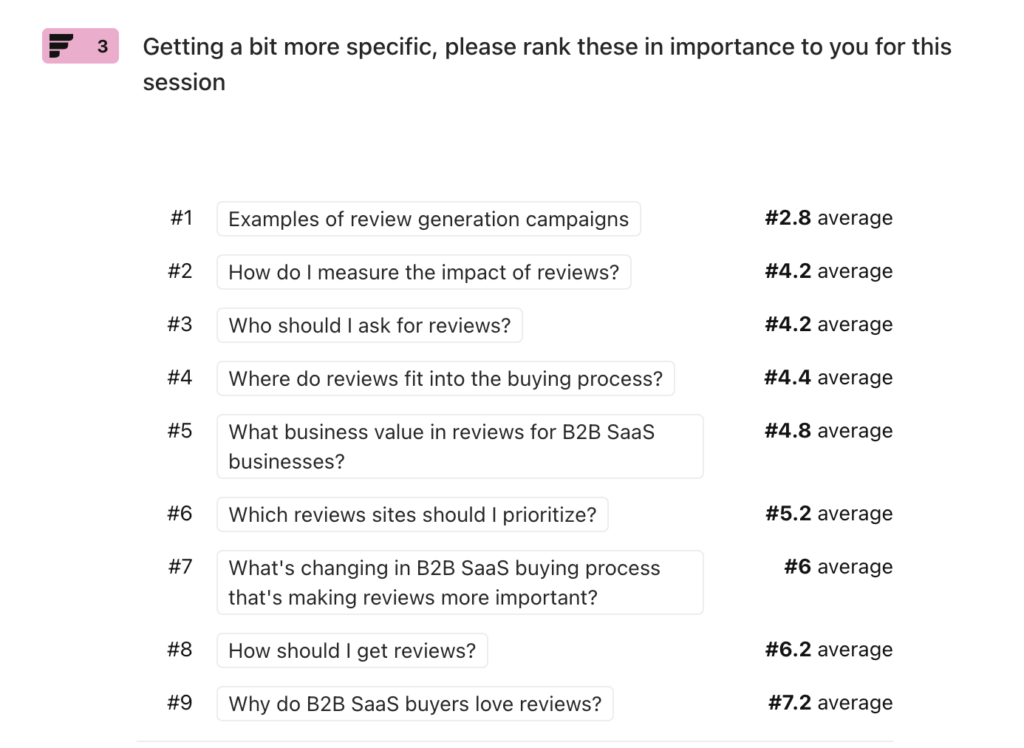
The feedback in this survey guided the content on B2B SaaS Reviews.
You can dive deep into business software reviews’ why, where, and how. There are many examples of review generation campaigns on the how page.
Takeaway #2: The State of Software Buying: From SMB to Enterprise with G2's CMO
Amanda Malko, CMO of G2, shared insights from G2’s rich data set of 60 million buyers and 1.4M+ reviews (now 1.8M+). In June 2021, G2 surveyed 756 B2B software buyers and published their findings in the 2021 G2 Software Buyer Behavior Report.
From that report, this statement sums up why review sites matter in today’s software buying process and how they fit into the bigger picture:
“86% of software buyers, across segments, use peer review sites when buying software” G2 also said, “There is no single source that is viewed as being ultimately trustworthy, at least significantly more than others, making third-party validation a key to building trust and demonstrating transparency. Resources including software review sites, vendor content and websites, online search, social media, industry influencers, and market research firms can complement each other and help the buyer build a well-rounded acquisition plan backed by trusted user validation.”
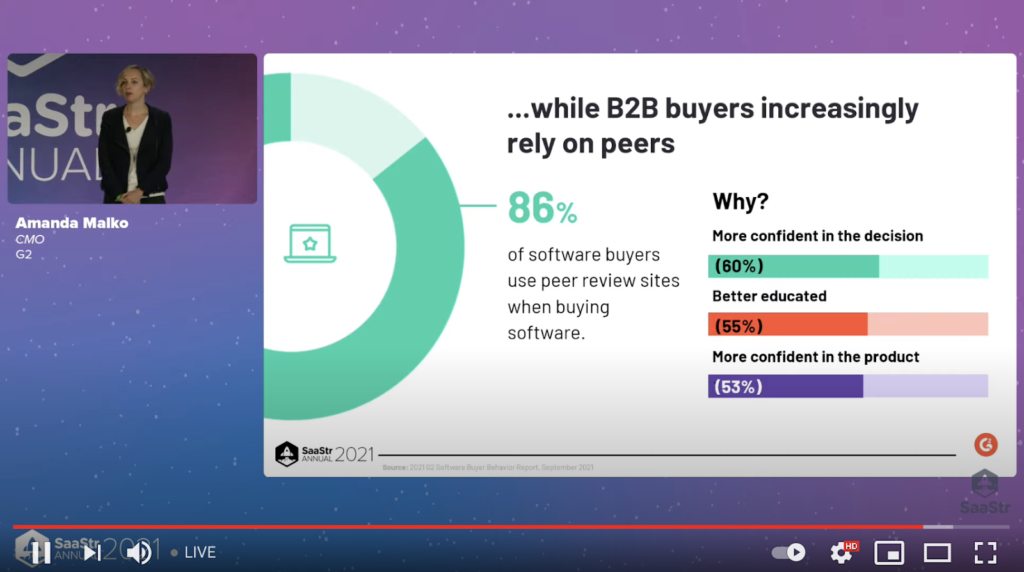
G2 found 3 key trends:
- Software buying is happening faster and becoming more frictionless
- Building trust is more essential, yet harder than ever to do
- More than ever, retention is your foundation for growth
G2 also found that 1 in 5 buyers prefers to buy software from a third party. With the rise of third-party marketplaces, more and more B2B SaaS vendors are investing in ecosystems to make the software buying process more frictionless.
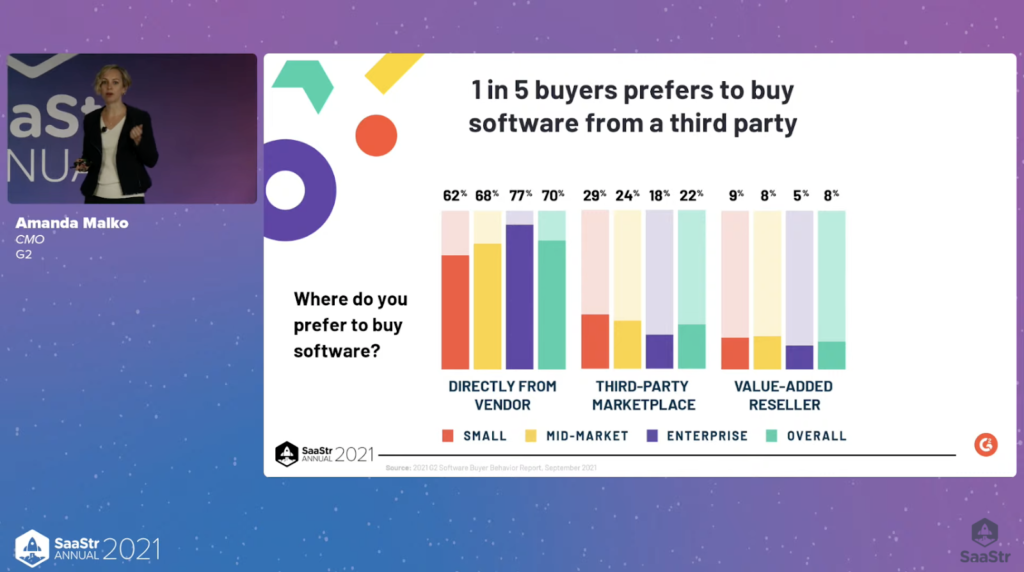
Takeaway #3: The Why and How of Category Creation and Leadership
Andres Botero is the CMO of BlackLine, a $400 million B2B SaaS company.
For 20 years, he’s been creating categories as a Marketing leader. He’s achieved top-right positions in 12 categories. By working closely with analysts, he created the Sales & Ops Planning category at Steelwedge. Now at Blackline, they created the “Financial Close Solutions” category.
Gartner, Forrester, and IDC are constantly talking to buyers and vendors and, in turn, creating and shaping categories. Andres is an advocate for marketers working with analysts to create categories.
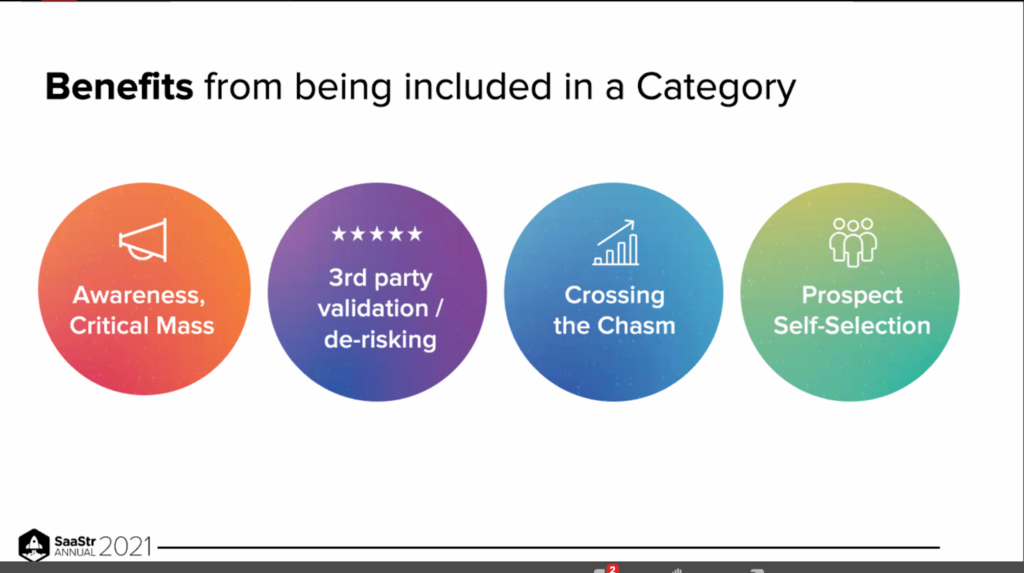
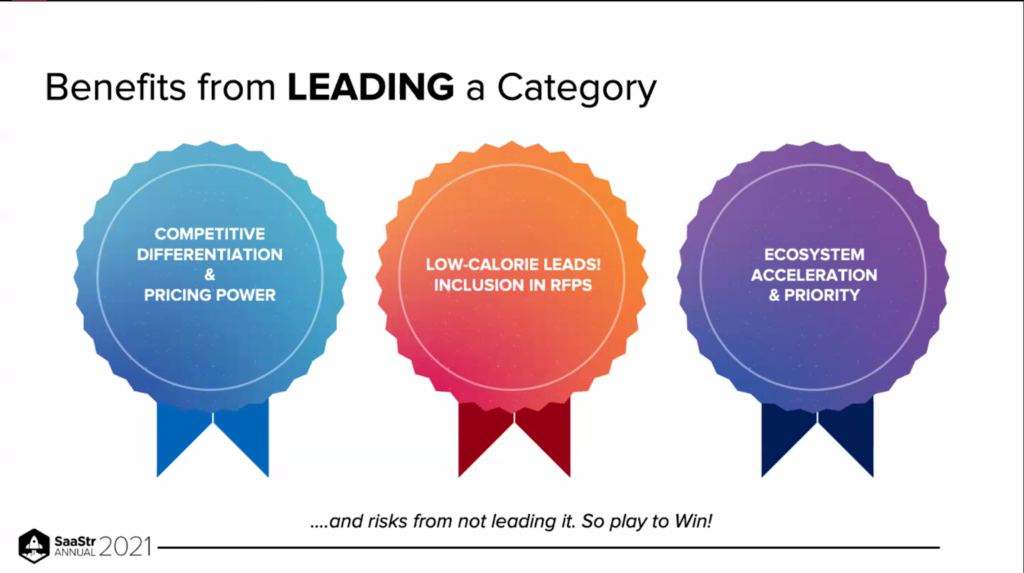
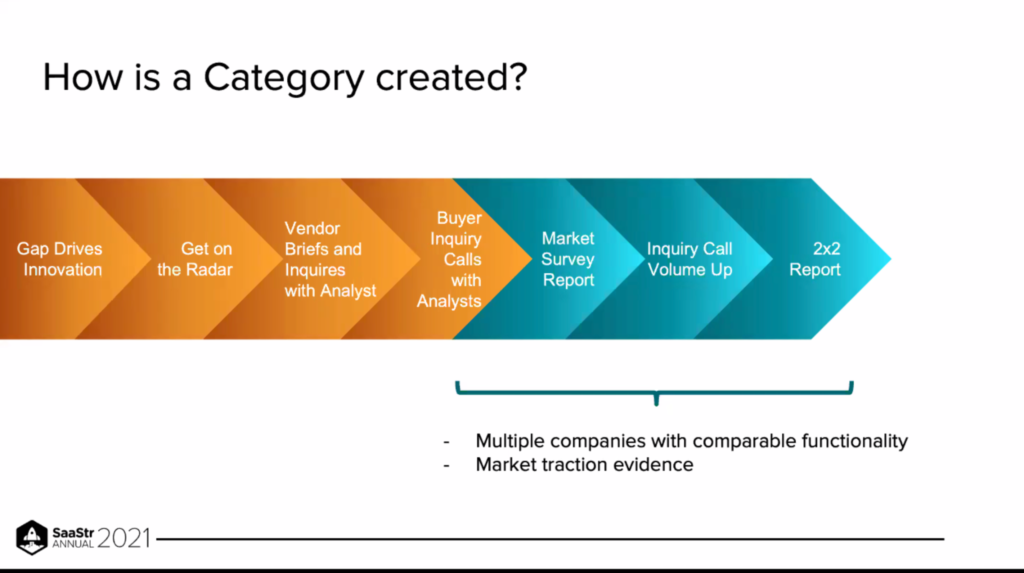
Category reports by analysts are a “lagging indicator” of a category because there must be six or more vendors in the same space and a high volume of inquiries from buyers to analysts before a category report is made.
Andres believes it is a mistake for entrepreneurs to share a different vision of the trajectory of the category or space than the analyst because “the analyst thinks they know better than you.” Why? Because they have more conversations with people in the space.
To win over analysts, reading between the lines, you need to fit your vision into one that fits into the vision of the analysts if you want favourable treatment.
Some of his key recommendations are:
- Butter up analysts by asking for their advice, then act on it to show them you used it.
- See it as a long-term game and build a strong relationship with the main analyst in your space.
- Stick to one or two simple messages and repeat them.
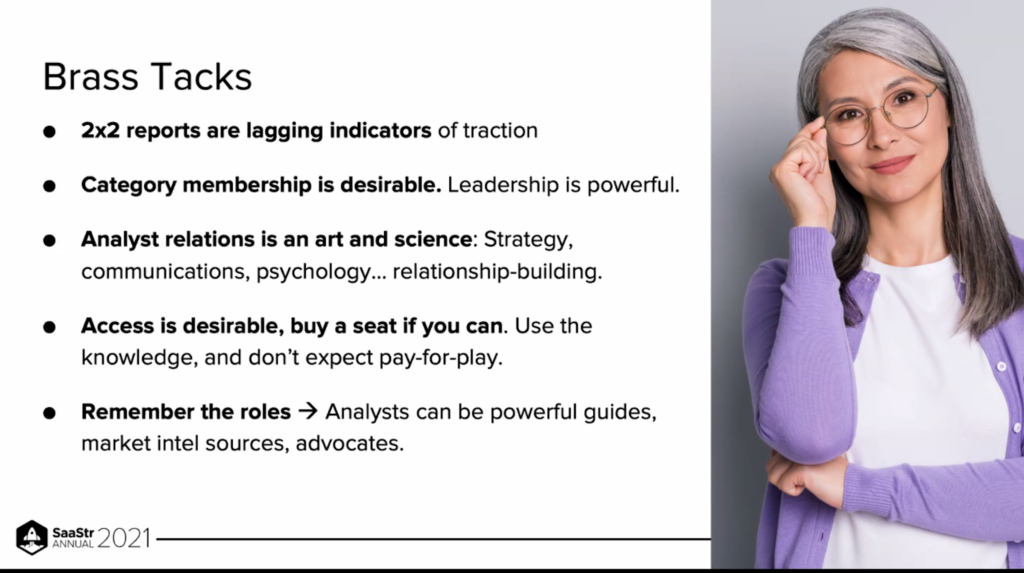
I asked Andres, “How do you see B2B software review sites such as G2 and TrustRadius fit into category creation?”
He replied that he sees review sites as newer in the role of category creation relative to analysts. He believes the review sites matter but sees them as a complement to analysts, not a substitute for them. Also, he argues that the analysts speak to execs and people writing the cheques, whereas review sites tend to get user input, which is more on UI and the experience of working with the software.
For more on this topic, see this post: Why Do User Reviews Matter in B2B Software?
Takeaway #4: Why Intent is the New Lead: 2021 State of Marketing Technology
Vidya Peters, then CMO and now COO of Marqeta, shared her view of the old and new ways of marketing.
The old way: Marketers focus on getting their audience to their website and then getting the visitors to convert (by downloading content, submitting a demo request, etc.)
The New way: Focus on intent data to reach more of your in-market buyers before they convert on your website.
“Incredible technologies” have come online in recent years that enable Marketers to know when prospects are considering their software or a software solution in their category. “Intent-based marketing is engaging prospects when they demonstrate interest in your solution, versus after they submit an inquiry to you.”

Vidya believes B2B Marketing today is more about effectively leveraging technology while maintaining marketing efficiency (i.e. measuring as much as possible to hold marketing investments accountable).
She shared her Marketing stack at Marqeta:
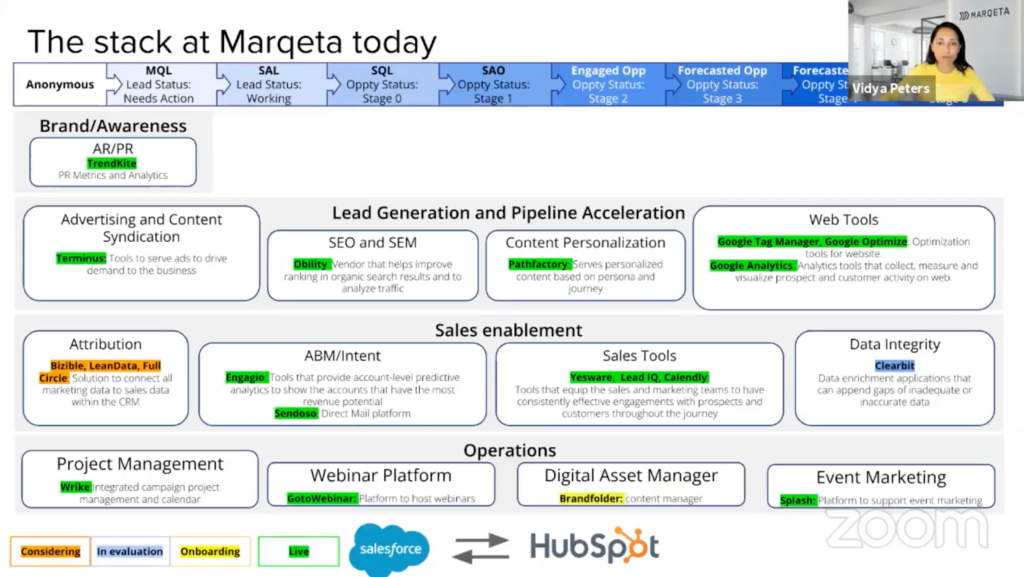
Another way to leverage buyer intent is with solutions like 6Sense. You get access to data on where your ICP accounts are in the buying process, which you can then action by using a corporate gifting platform like Alyce to send personalized gifts to your prospects in the consideration or decision phase.
To learn more about buyer intent as the new lead, see this post on Buyer intent as a modern addition to demand generation.
Bonus: quick hit takeaways on today’s business software buying process
From the Mastermind Masterclass: Adding Outbound Sales & Marketing to the Product-Led Growth Engine with Freshworks, Twilio, 1Password, and Coda’s CMOs.
Product-Led Growth (PLG) might have been the buzzword of the conference.
In this session, PLG was framed as the consumerization of enterprise software. Buyers want to do their own research. They want to comparison shop. They want to try out the software and see if they like it without any pressure. In a way, PLG can be seen as business software vendors adapting to the wants of business software buyers.
Mastermind Masterclass: A CEO’s Guide to Marketing with Dave Kellogg.
It’s rare to find a SaaS expert who has repeatedly done something with success. Dave is that rare SaaS pro. His session is well worth watching.
Here I’ll highlight his slide on how to understand your buyer’s buying process.
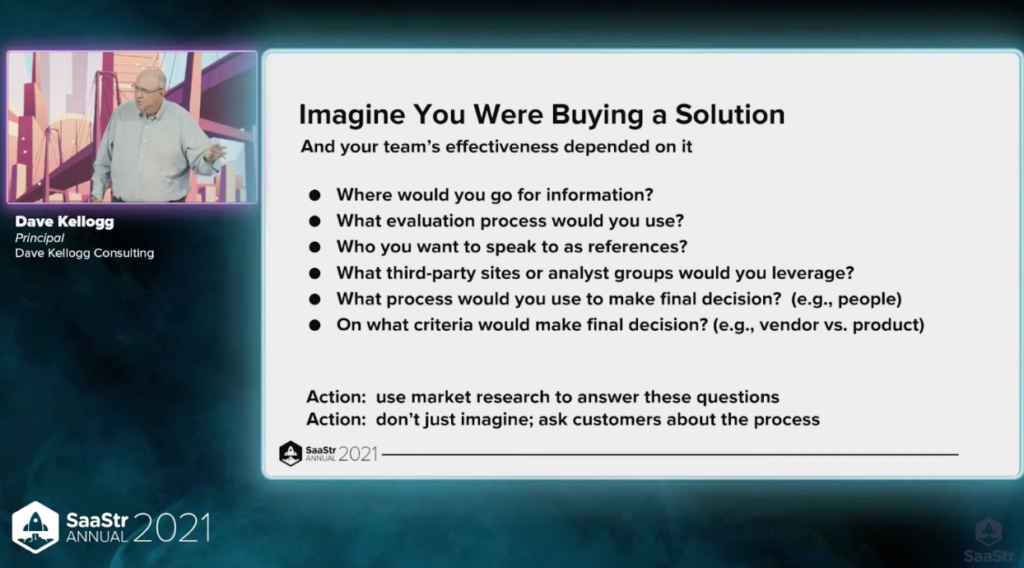
SaaStr Annual 2022 is taking place September 13-15 in the Bay Area.
Author
-

I'm the Founder and Editor-In-Chief of B2B SaaS Reviews and the Director of Demand Generation at PartnerStack, the leading platform for partner management and affiliate marketing in B2B SaaS. My experience spans several notable B2B SaaS companies, including Influitive (Advocate Marketing), LevelJump (Sales Enablement, acquired by Salesforce), and Eloqua (Marketing Automation, acquired by Oracle). I hold a Bachelor of Commerce in Marketing Management from Toronto Metropolitan University and a Master of International Business from Queen's University, with academic exchanges at Copenhagen Business School and Bocconi University.

